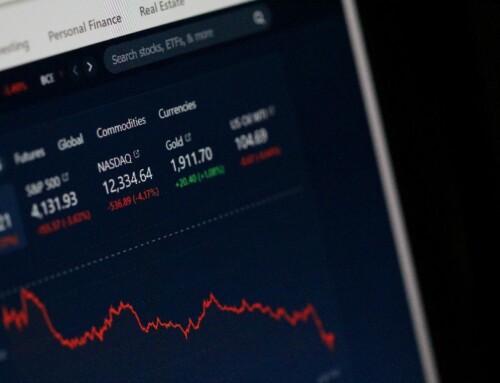No one has a perfect record when it comes to investing in stocks. It is very difficult to identify an unsound company just by looking at a company’s numbers on platforms like Google Finance or whichever stockbroking platform you are using. However, the recent news that Amazon is closing down Quidsi, a company it bought for US$545 million, brought up some thoughts about certain red flags which investors can easily identify. Quidsi was supposed to aid Amazon in challenging Target, Wal-Mart and other retailers of baby and personal care goods. Do take note that Quidsi is a private company but I believe that there are some things we as investors can learn from how Quidsi shuttered and implement them in our investment mantra.
1) Change in management
It would be wise to take a look at the management of a company. If the upper management is leaving the company, whether by their own free will or otherwise, this is something to take note. It may be a sign that the people at the top know of something that is going to happen to the company or it may be that they have run into some regulatory issues. In Quidsi’s case, their finance chief left for another company in March. This could be seen as a potential red flag for the company.
2) Too much debt
This can be seen from the company’s balance sheet. The key indicator is the debt-to-equity ratio. This information can be found publicly available for companies that are publicly listed. It would be wise to take note that investors should compare the debt-to-equity ratio of companies in the same industry as well. Debt-to-equity ratios vary across various industries. For example, the shipbuilding industry should have higher debt-to-equity ratio than the information technology industry. When companies are saddled with too much debt, they can fold. Large companies like Enron have crumbled under the weight of its debt.
3) Changes in inventories
Amazon was shifting Quidsi’s inventory to its main platform. This was a telltale sign that it was preparing to shutter Quidsi’s business. Similarly, red flags should be raised when investors see inventories growing relative to revenue. This shows that the business is finding it difficult to dispose of its inventory. Many investors look at inventory as assets of the company and in most cases they are correct. However, in extreme cases, inventory may be written off against future earnings if the inventory cannot be sold.
4) Late filing or restatement of accounts
A company has to file its financial results on time. However, there are some that may file them late or restate their accounts. If a company has a history of late filings or restating their accounts, this is invariably a red flag for investors. A simple search online does show up some news on companies who have filed late or have restated their financial results.
5) Look out for creative accounting
We usually look at reported earnings to determine whether a company is doing well or not. However, it would be wise to look at the cash flow relative to net income. If net income is rising but cash flow is not, then the company may have problems collecting monies from its customers. Basically, it has a growing number of people who are owing them money even though they are closing deals. It was reported that contractors in Singapore were seeing their cash flows deteriorate in the first quarter of 2017. Slow payments jumped to 55.22 percent up from 44.97 percent from the previous quarter. On paper, such firms would see net income rise but because of their inability to realise this income as their customers are paying them late or not at all, their cash flow is not increasing at a similar rate.
Yours Sincerely,






